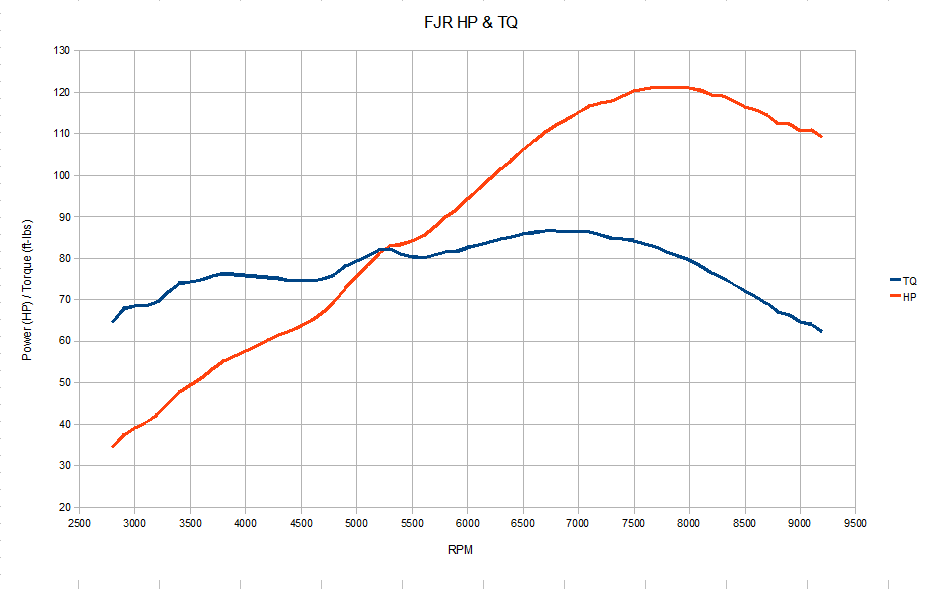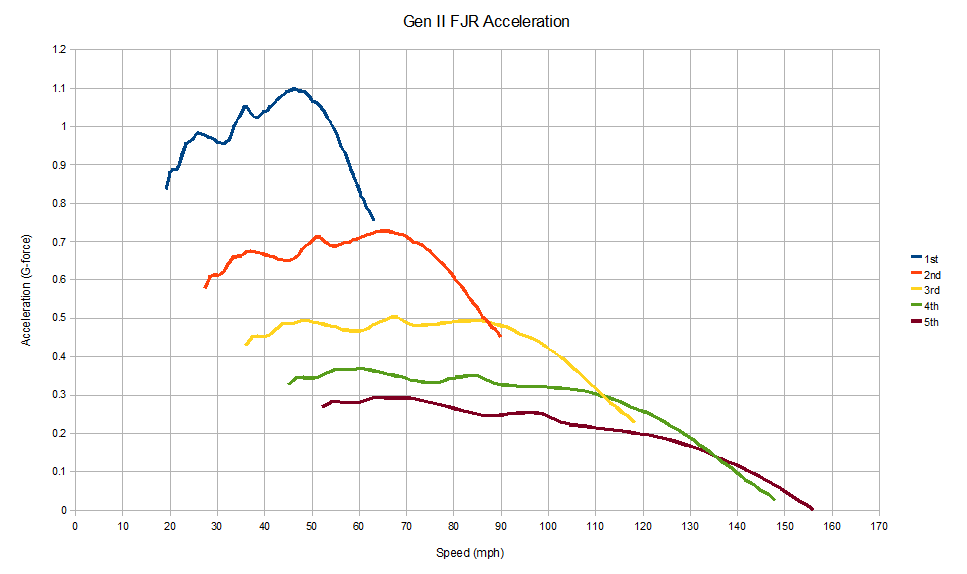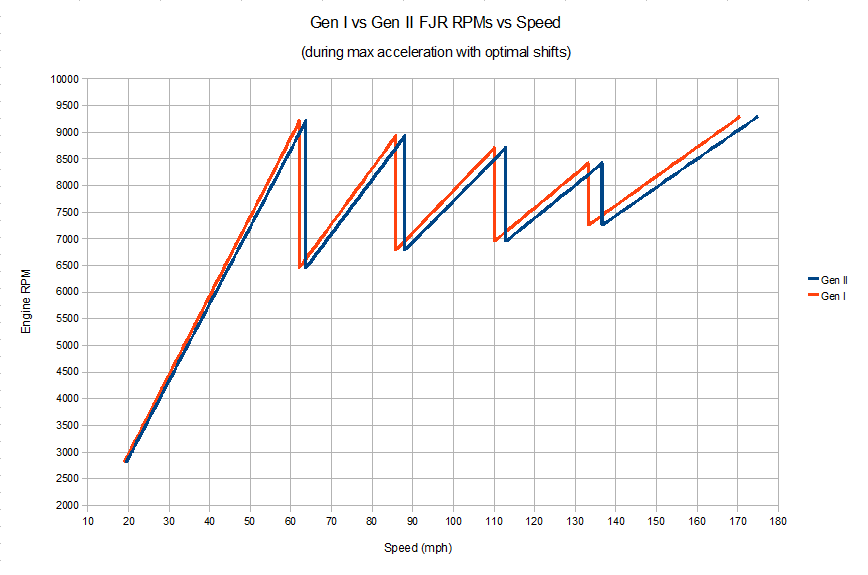UselessPickles
Making Grand Canyon replicas from air boxes...
This sure looks like a response that you intended to be interpreted by the OP as technically correct fact:Dude, WTF? Clearly you have researched this topic far more than I even care to, and my response to OP was never intended to be technically precise, merely friendly and possibly a bit encouraging.
Your response was written in a way as to state a fact that you believed to be true. I provided correct information. What's wrong with that? If you truly do not believe your response to be technically correct, then you should qualify it with something like "I have heard that..." or something similar to not mislead the OP into believing that they can accept as trustworthy factual information.Seriously, to obtain minimum (best) drag-race times it's considered best to shift slightly after peak torque/hp, for pretty much any vehicle.
It's not a big deal on a topic like this, but imagine if someone so assertively provided incorrect information about setting the camshaft timing, or something equally critical.
Right here:Also, where did I imply there was anything at all 'wrong with enjoying' the FJR's acceleration? :huh:
You implied that it's improper use of the FJR (or silly, or something) to be concerned about optimizing shifting for max acceleration, because that's not the primary design of the FJR.Please note that the FJR accelerates very nicely indeed, but really it is a sport tourer, and is designed and best suited for semi-spirited riding on twisty roads and long-distance touring.
Aerodynamics has no effect on when to shift (unless you have something really fancy that morphs at higher speeds to change its aerodynamics). Drag is purely a function of speed, so it reduces acceleration equally in all gears at a given speed. "landing" in the peak HP after the shift is also not a factor. All that matters is how much torque is produced at the wheel in each gear across all speeds. The only way to determine that is to create a torque curve for each gear (torque at the wheel vs. ground speed) and find where they intersect.This not only optimizes the gear/speed intersect, it also moves you closer to peak HP from ~7,250 to 8,500 rpm. After this rpm range from second gear on, torque and HP are falling very quickly while aerodynamics is really starting to load up the engine.
Here's some visual aids...
First, the dyno data that my calculations are based on. This was a stock 2009 FJR, with SAE correction for weather applied. Peak torque is 86.62 ft-lbs @ 6800rpm, and peak power is 121.16 hp @ 7900rpm.

This is max acceleration per gear, accounting for drag and the weight of me on the bike, based on that dyno data:

Where they intersect is when you want to shift.
Here's a speed-vs-RPM graph when shifting at those points:

Each shift "lands" before peak HP, and some even before peak TQ.
Although, now that I look at it this way, the change in RPM involved in each shift is nearly centered around peak HP. The center of each change ranges between 7831 and 7857 rpm (compared to the peak HP at 7900 rpm). My data is only sampled at every 100 rpm. I wonder if more continuous data would end up causing the center of each change to move closer to peak HP. Then, I would wonder if it is always that way on all vehicles due to the way the math works out, or if it's just a coincidence or the result of intentional engineering...
(a few minutes later...)
WHOA! I think I'm on to something. I just looked at data for several other bikes (zx10r, cbr500rr, harley street glide, honda shadow 750, etc.). Guess what? The shifts are all centered around peak HP! It seems more likely that this is not just coincidence. It might be a correct generalization to say that you should shift such the RPMs before/after the shift are centered around the peak HP RPMs.
Last edited by a moderator:



